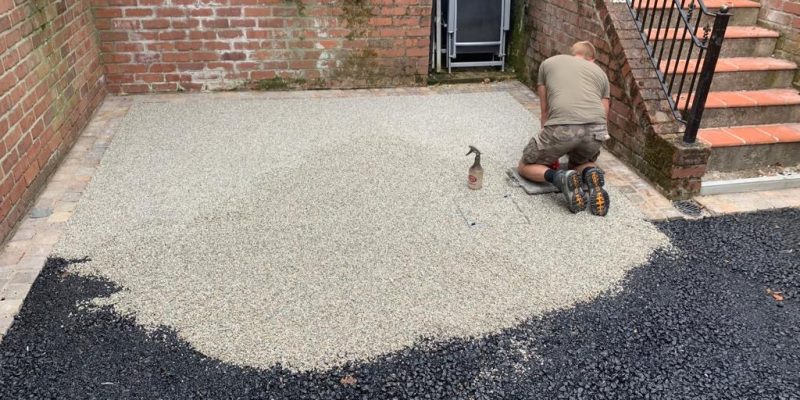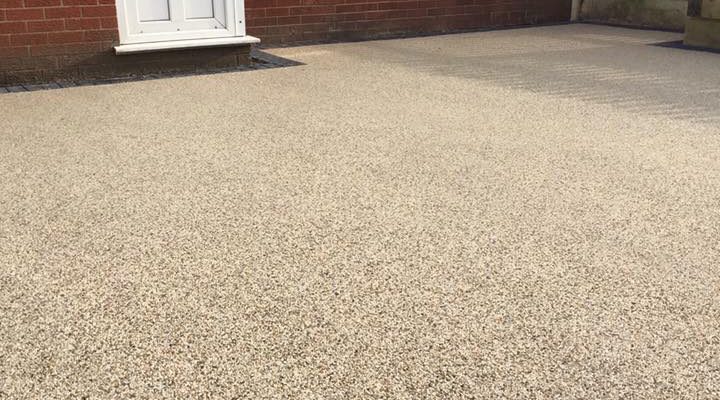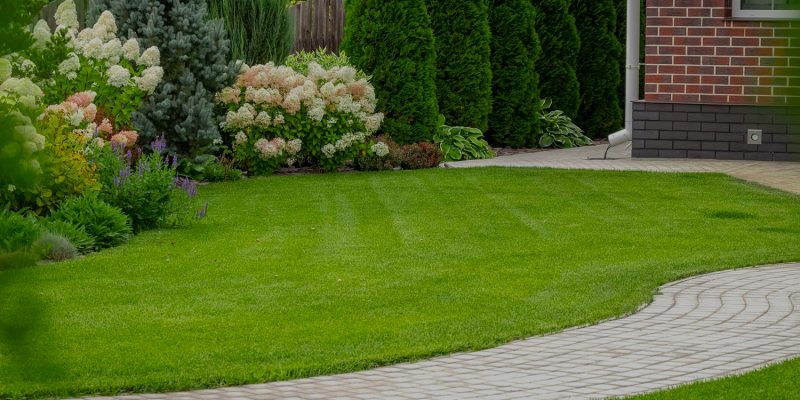Sealing your block paving driveway every 3 to 5 years helps with much more than just protecting the surface. A properly sealed driveway will keep weeds at bay, help protect from UV damage and keep the driveway looking its best for years to come.
With just a few tools and materials at your disposal, sealing your block paving driveway can be undertaken as a bit of home DIY. To do this properly you’ll need just 3 days over the course of 2 weeks, weather dependent (Sealing your Block Paving Driveway in the North West may take longer).
Jet Wash
The first of these tools you’ll need is a jet wash. It’s important to thoroughly clean your driveway before sealing. For the best results, we’d advise cleaning it twice, paying special attention to any joints.
After the first wash wait for the driveway to completely dry, check the joints for any debris and dirt that may be stuck. It may be of use to go over the joints with a wire brush just to be sure that everything is clear. Jet washing again after this process will ensure you’ve cleared any loose dirt, gravel, debris, or other potential contaminants.
Jointing Sand
Now it’s time to make sure the joints are level and neat. Refill the joints with jointing sand or another kiln dried sand. Filling in these gaps makes sure you’ve replaced any sand that was washed away during the cleaning process. Once you’ve filled the gaps you can brush away any excess sand and you’re ready to apply the first coat of sealant.
1st Coat
Before applying the first coat it is important to read the instructions, so you are familiar with the health and safety regulations. The usual advice would include gloves, goggles, and make sure you’re working in a well-ventilated area.
For the best results, you should use a roller to apply the first coat. When rolling the first coat onto the drive, be sure to apply thoroughly between the joints. You’ll want a nice even layer across the surface using around 1-liter per 4m2. It is important not to apply the sealant too liberally as this can disrupt the sealing process.
2nd Coat
Giving the first coating 1-2 hours to dry you can apply the second. For this coat, you should ideally use a DIY pressured sprayer although you can apply again with the roller if you choose. With the first coat dry, spray the second coat on at a right angle to the first coat. This coat can be applied across a bigger area of around 7-8m per 1-liter.
Now you’ve applied both coats you need to leave the driveway untouched for 24-hours so it can completely dry.
Materials List
The tools and material list for the job are as follows:-
- Jet Washer
- Sweeping Brush
- Jointing Sand
- Sealer
- Sealer rolling kit
- DIY Sprayer




